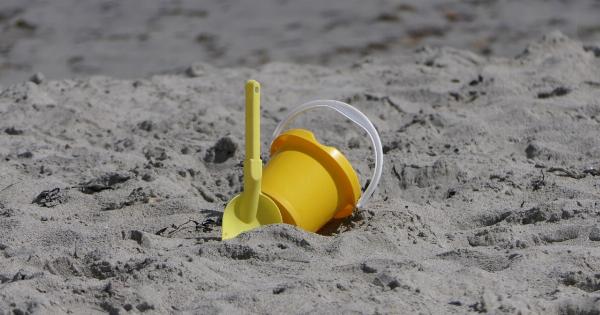In recent years, there has been a significant increase in the occurrence of what is now known as the Angel virus.
The virus, which has been named for the unique characteristics of the lesions it creates, is a highly contagious and potentially deadly disease that has been traced back to a number of different sources. With the number of cases increasing year after year, it is important that we take a closer look at the virus in order to better understand its origins, symptoms, and potential treatments.
What is the Angel Virus?
The Angel virus is a disease that primarily affects the skin, although it can also impact other parts of the body such as the eyes and mucous membranes.
The virus is characterized by the formation of lesions that are typically small, raised, and clustered together, giving the appearance of wings or an angel’s halo. These lesions can be itchy, painful, and in some cases, they may become infected and cause scarring.
The Angel virus is caused by a DNA virus known as the Human papillomavirus (HPV) type 16. There are currently over 170 different types of HPV, with many of them causing warts on the skin.
However, HPV type 16 is unique in that it can cause cancer, including cervical, anal, and oral cancers. In addition to causing these types of cancers, HPV type 16 can also cause the Angel virus.
Symptoms of the Angel Virus
The symptoms of the Angel virus usually begin as small raised lesions on the skin, often forming a cluster. The lesions may be itchy or painful and are usually round with a smooth surface.
As the disease progresses, the lesions may become larger and more numerous, and may also begin to bleed or produce a clear fluid. In some cases, the lesions may become infected and form a thick, crusty scab.
As mentioned earlier, the Angel virus can also affect other parts of the body. For example, lesions may form on the mucous membranes of the mouth, throat, or genital areas. If lesions form on the eyes, they may cause redness, itching, and blurred vision.
In rare cases, the Angel virus can also cause pain, fever, and fatigue.
Transmission of the Angel Virus
The Angel virus is highly contagious and can be spread through direct contact with the skin or mucous membranes of an infected person.
This can happen through sexual contact, but it can also occur through skin-to-skin contact or contact with contaminated objects such as towels or clothing. It is also possible for the virus to be transmitted from a mother to her newborn during delivery.
Because the Angel virus is caused by HPV type 16, it is particularly important to protect against this virus through proper vaccination. The HPV vaccine is recommended for both males and females starting at age 11 or 12 and up to age 26.
Treatments for the Angel Virus
There is currently no cure for the Angel virus. However, there are a number of treatments that can help to manage the symptoms of the disease and reduce the risk of complications.
For example, over-the-counter medications can be used to relieve pain and itching, while prescription medications may be used to speed up the healing process or prevent secondary infections.
In some cases, more aggressive treatments such as laser therapy or surgery may be required to remove the lesions.
In cases where the virus has spread to other parts of the body, cancer treatments such as chemotherapy or radiation therapy may be necessary.
Tracking the Angel Virus Outbreak
The rise in occurrences of the Angel virus is a cause for concern, and it is important that we take steps to track the outbreak in order to better understand its origins and potential treatments.
One way to track the spread of the virus is to monitor the number of reported cases in various regions around the world. This data can help to identify areas where the virus is most prevalent and to pinpoint potential sources of infection.
Another important step in tracking the Angel virus outbreak is to continue conducting research into the virus and its causes.
This includes studying the genetic makeup of the virus, its patterns of transmission, and any potential risk factors that may increase the likelihood of infection.
Conclusion
The Angel virus is a highly contagious and potentially deadly disease that is characterized by the formation of small, raised lesions on the skin.
Although there is currently no cure for the virus, there are a number of treatments that can help to manage the symptoms and reduce the risk of complications. By continuing to track the outbreak and conduct research into the virus, we can work to better understand its origins and develop more effective treatments and preventive strategies.































